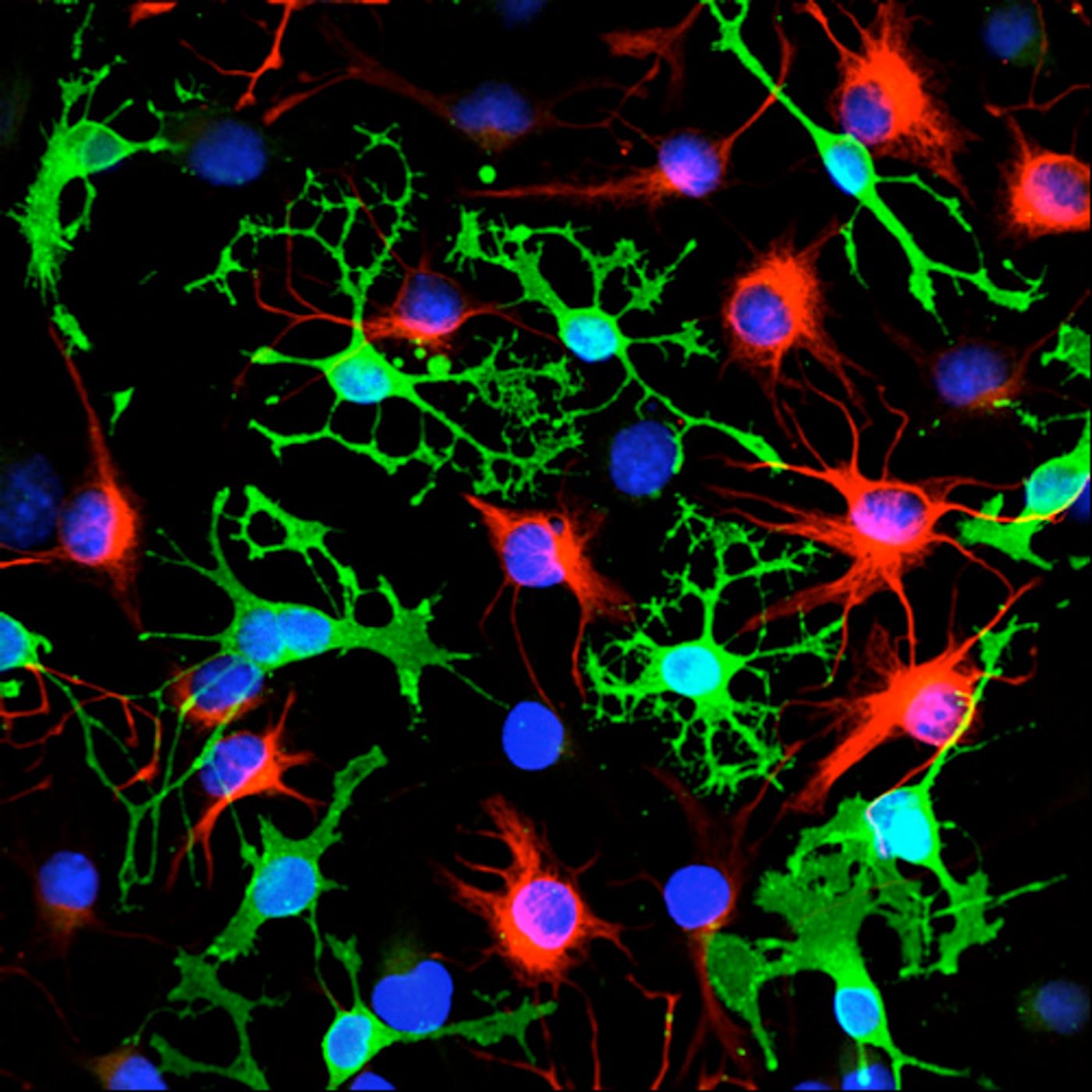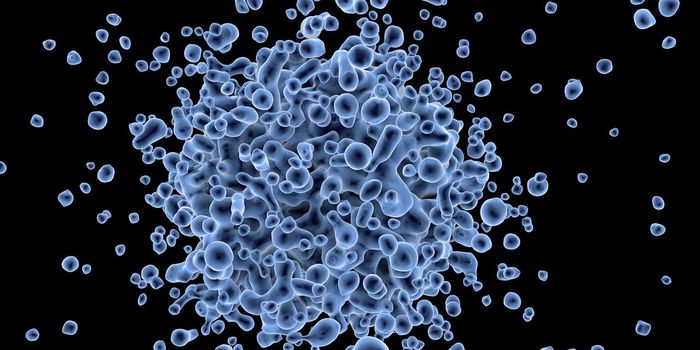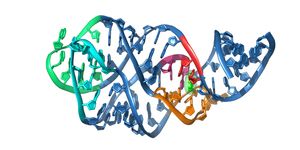According to the Alzheimer’s Association, Alzheimer’s disease is described as a type of dementia that causes problems with memory, thinking and behavior. It is the most common form of dementia which is another term for memory loss and a decrease in other intellectual activities. Of all the cases of dementia that occur, approximately 60 – 80 % are due to Alzheimer’s. Alzheimer’s disease is typically associated with old age however; up to 5% of people with the disease have an early onset of symptoms which can occur between age 40 and 50. The disease is progressive with symptoms gradually worsening over a number of years. In late stage Alzheimer’s, those affected are usually unable to carry on a conversation or respond to their environment.
There is currently no cure for Alzheimer’s however; those with the disease can live an average of 8 years after their symptoms become noticeable to others. The range of survival is 4 to 20 years depending on secondary health conditions. There are current treatments that can prevent the disease from progressing which can improve the quality of life of owners and their caregivers. The search for more effective treatments continues.
Researchers from the University of Montreal in Canada have discovered a new mechanism by which cells within the brain can be repaired in order to help treat Alzheimer’s. The study, published this month in
Cell Stem Cell, discusses the potential role of neural stem cells (NSCs) in helping reverse damage caused by Alzheimer's. NSCs are involved in learning, memory, mood, stress and regulation. When inhibition of NSC activity occurs, there is a decrease in these functions. When there is damage to brain cells, NSCs travel to these areas where they are involved in wound healing and cell replacement. One hypothesis is that these cells can serve as a target for therapeutic manipulations to heal brain damage that results from Alzheimer’s.
In this study, authors observed suppression of NSC activity in a mouse animal model of Alzheimer's. They also observed that excessive levels of oleic acid (fatty acid) synthesis at the surface of brain cells results in cell deterioration associated with Alzheimer's. Excessive fatty acid synthesis accompanied by repressed NSC activity explains why the brain’s stem cell system does not mount a protective or regenerative response during progression of Alzheimer's. While this research only scratches the surfaces regarding the role of fatty acid metabolism in Alzheimer’s disease, there is a great deal of promise for future development of new approaches to prevent disease progression and improve NSC activity.
Sources:
Cell Stem Cell;
Alzheimer’s Association









